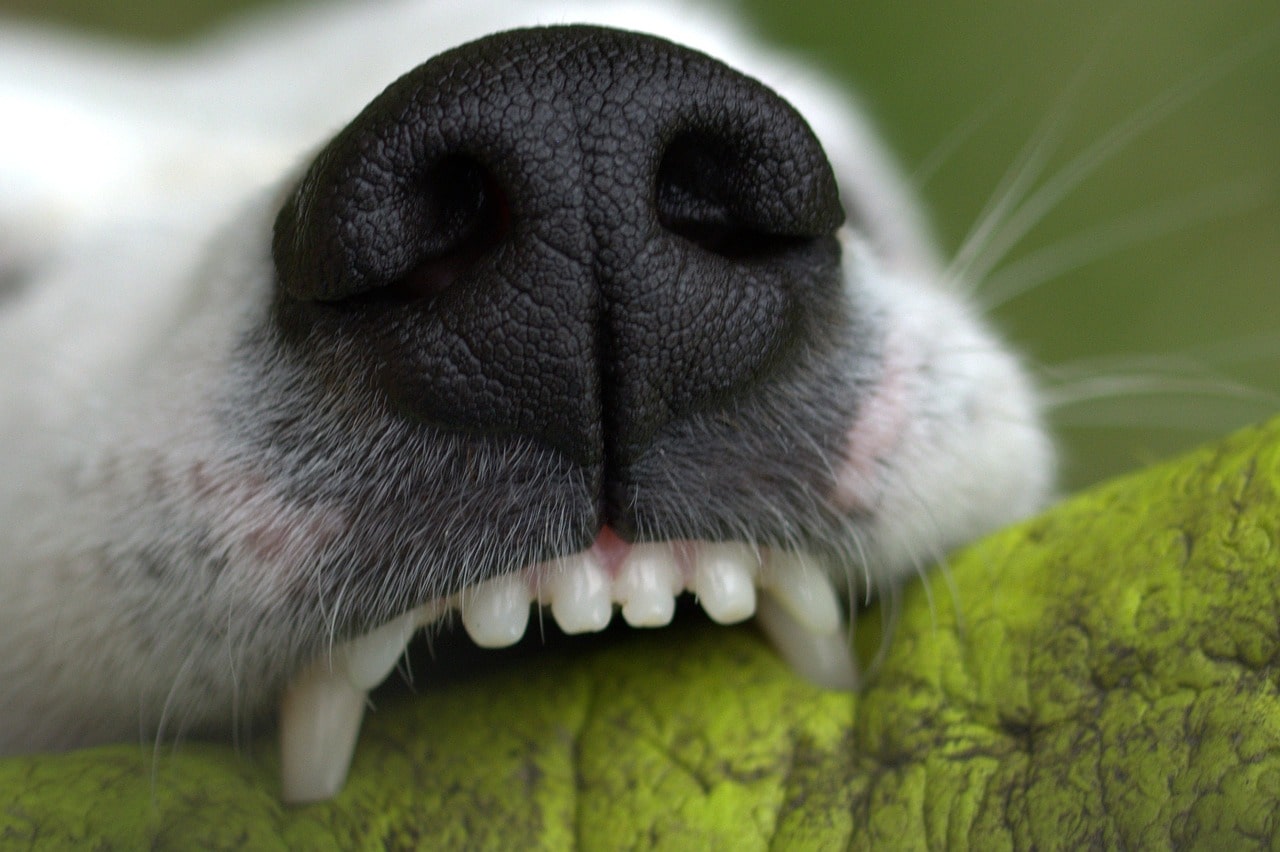Living with a dog that exhibits biting behavior can be challenging and concerning for pet owners.
Whether it’s due to fear, anxiety, or other factors, understanding how to control a dog that bites is essential for the safety and well-being of both the canine and those around them.
In this comprehensive guide, we’ll delve into 14 effective tips that empower dog owners to address and manage biting tendencies.
By implementing these strategies, you can create a safer environment and work towards fostering a more harmonious relationship with your furry companion.
Table of Contents
Taming the Bite: 14 Expert Tips on How to Control a Dog That Bites

1] Understanding the Root Cause
Embarking on a journey to understand why your dog is biting is crucial for effective intervention.
Dogs may resort to biting due to a variety of reasons, such as fear, anxiety, territorial behavior, or underlying medical issues.
Observing your dog’s body language, assessing their environment, and noting specific situations when biting occurs can help pinpoint the root cause.
Identifying these triggers is the initial step in implementing targeted strategies to control and manage biting behavior.
2] Consulting a Professional
In cases where your dog’s biting behavior is severe, persistent, or challenging to understand, seeking the expertise of a canine behavior specialist is highly recommended.
A professional behaviorist can conduct a thorough assessment of your dog’s unique situation, taking into account their history, temperament, and environment.
The specialist will then provide personalized strategies to effectively control and manage biting, addressing the specific factors contributing to the behavior.
Tip: “A professional assesses your dog’s unique situation and provides personalized strategies.”
3] Establishing Clear Boundaries
Creating a structured environment with clear boundaries is essential for preventing and controlling biting behavior.
Consistency in rules helps your dog understand what behavior is acceptable and what is not.
Establishing these boundaries contributes to a calmer and more controlled atmosphere, reducing confusion for your dog and promoting positive behavior.
4] Positive Reinforcement Training
Utilizing positive reinforcement techniques is a powerful tool for encouraging good behavior in your dog.
When your dog exhibits non-biting behavior, whether during play, interactions, or following commands, reward them with treats, praise, or toys.
Positive reinforcement strengthens desirable actions and helps your dog associate good behavior with positive outcomes, gradually discouraging biting tendencies.
In the theater of training, positivity takes center stage, and biting bows out of the spotlight
5] Teaching Bite Inhibition
Teaching your dog bite inhibition is a fundamental aspect of controlling the force of their bite.
This training involves providing gentle feedback mechanisms, such as emitting a yelping sound or withdrawing attention, to convey that biting too hard is unacceptable.
By instilling bite inhibition, your dog learns to control the intensity of their bite, promoting safer interactions with both humans and other dogs.
6] Socialization Opportunities
Controlled socialization is a valuable strategy for reducing fear and anxiety in your dog, which can contribute to biting behavior.
Expose your dog to various environments, people, and other animals in a positive and supervised manner.
Gradual exposure helps your dog become more comfortable and confident, minimizing the likelihood of biting as a stress response in unfamiliar situations.
• Introduce your dog to various environments and situations • Arrange controlled interactions with other well-behaved dogs • Gradually expose your dog to new people and experiences • Enroll your dog in positive reinforcement-based training classes • Use toys and treats to reward calm behavior during socialization
7] Using Deterrents
To discourage unwanted biting, explore deterrents such as bitter-tasting sprays or collars.
Apply these substances to objects or areas your dog tends to bite, making the experience unpleasant and redirecting their behavior.
Deterrents serve as a helpful tool in breaking the habit of biting and steering your dog towards more appropriate chewing alternatives.
8] Interactive Play Sessions

Engaging in regular interactive play sessions is crucial for channeling your dog’s energy positively.
Biting can often be a result of excess energy, boredom, or frustration.
Interactive play provides an outlet for physical and mental stimulation, reducing the likelihood of biting as a means of expressing pent-up energy.
Choose toys that encourage appropriate chewing and play behaviors.
Tip: “Regular playtime provides an outlet, reducing the likelihood of biting out of boredom or frustration.”
9] Proper Handling Techniques
Learning and practicing proper handling techniques is essential to minimize triggers that may lead to biting.
Understanding your dog’s body language, recognizing signs of discomfort or stress, and avoiding situations that make them uneasy are key aspects of responsible pet ownership.
Practicing gentle and respectful handling fosters a sense of trust between you and your dog, reducing the likelihood of defensive biting.
10] Utilizing Clicker Training
Incorporating clicker training into your interactions with your dog provides precision in communication.
The clicker serves as a consistent signal to mark specific moments of desired behavior.
When your dog exhibits non-biting actions, use the clicker followed by a reward.
Tip: “The clicker serves as a consistent signal, reinforcing actions that do not involve biting.”
This method enhances communication, reinforcing actions that do not involve biting and helping shape your dog’s behavior positively.
11] Implementing Timeouts
Implementing timeouts as consequences for biting behavior is an effective way to communicate that biting leads to a loss of interaction.
If your dog bites, calmly and promptly remove them from the situation for a brief period.
This reinforces the idea that biting results in a withdrawal of attention, discouraging the behavior over time.
Consistency is crucial in making timeouts an effective tool for reinforcing consequences.
In the pause of timeouts, biting encounters a momentary silence, and consequences take the stage.
12] Regular Exercise Routine
Establishing a regular exercise routine is paramount for managing your dog’s excess energy.
A tired dog is less likely to engage in destructive behaviors, including biting.
Tailor the exercise routine to your dog’s breed, age, and energy level.
Regular walks, play sessions, and mental stimulation contribute to a more controlled and contented demeanor.
13] Creating Safe Spaces
Creating designated safe spaces where your dog can retreat when feeling overwhelmed is an important aspect of bite prevention.
Safe spaces, such as a comfortable crate or a quiet corner, offer a refuge for your dog to relax and decompress.
This reduces the need for defensive biting when your dog needs a break from interactions or feels the need to seek solace.
Tip: “Safe spaces offer a refuge, reducing the need for defensive biting during stressful moments.”
14] Medical Check-Up
Scheduling a thorough medical check-up with your veterinarian is crucial to rule out underlying health issues that may contribute to biting behavior.
Pain, discomfort, or health problems can lead to defensive biting as a response.
Addressing medical concerns promptly ensures that your dog’s physical well-being is prioritized, laying the foundation for effective control and management of biting.
How to Control a Dog That Bites: FAQs
Is it possible to control biting in all dogs?
While it may be challenging, with consistent training and appropriate interventions, biting behavior can be controlled in the majority of cases. Seeking professional guidance is advisable for severe cases.
How long does it take to control biting behavior?
The duration varies depending on the dog’s temperament, age, and the severity of biting behavior. Consistent application of training techniques can show positive results within a few weeks, but ongoing reinforcement is crucial.

Conclusion:
Mastering the art of how to control a dog that bites is a journey towards a safer and more enjoyable companionship.
The 14 tips provided in this guide offer a holistic approach, addressing the root causes of biting behavior and providing practical solutions for dog owners.
With patience, consistency, and a commitment to understanding your dog’s needs, you can build a foundation for a trusting and secure relationship, creating a positive environment for both you and your canine companion.





